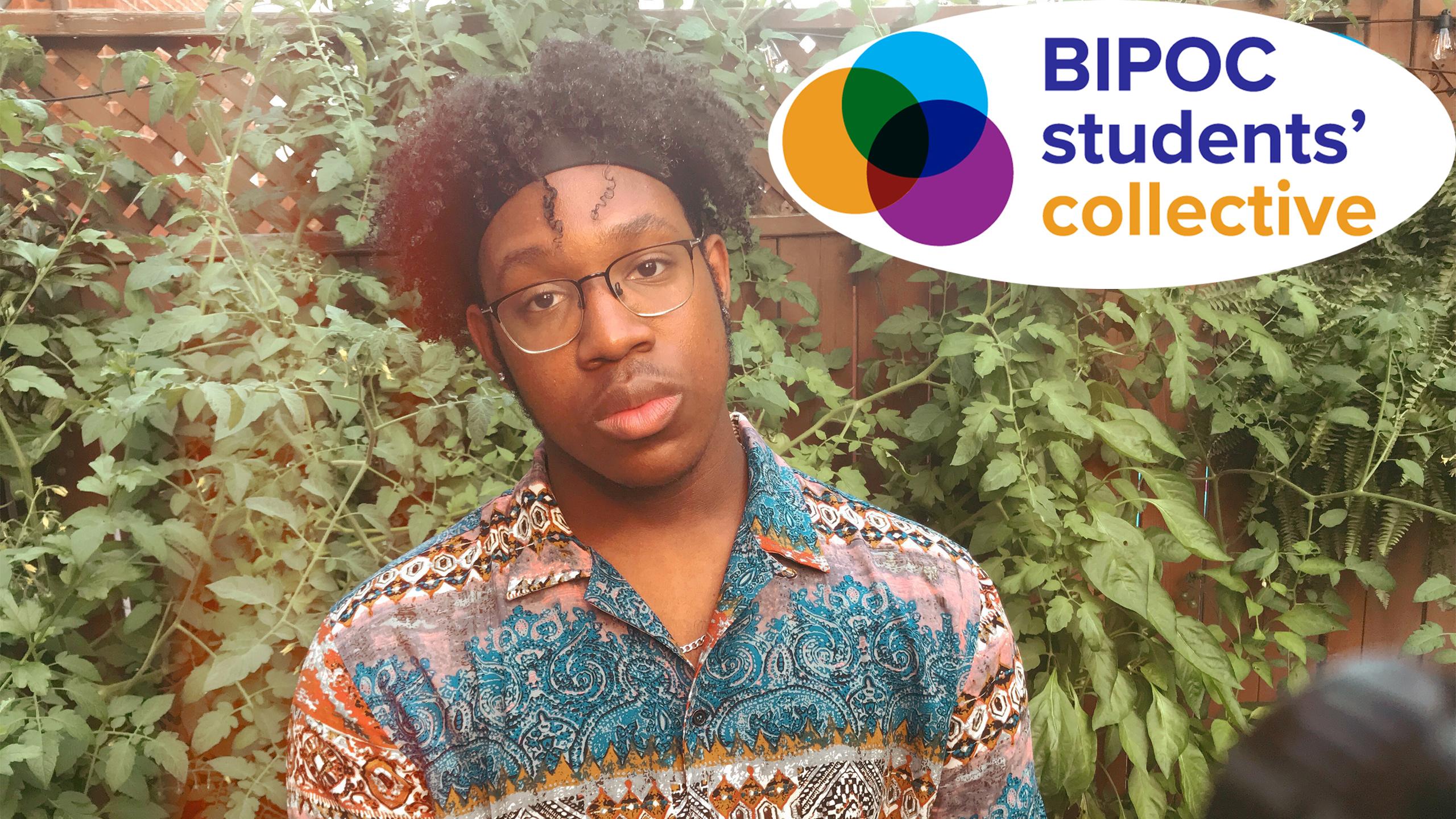By Kiernan Green
Creating a strong Black community on Ryerson University’s campus was a top priority for the BIPOC Students’ Collective (BSC) before the school moved online last spring. The transition to online learning hasn’t eliminated that need, said Trevohn Baker, a second-year creative industries student.
“If (we were) on campus physically, I could plan events. I could have guest speakers come in,” said Baker. But students being physically away from campus makes engagement a “little difficult (and) a little different.”
“We have to keep the same momentum but online,” he said.
Traditionally, the Racialized Students’ Collective (rebranded this year as the BSC) exists to promote “the empowerment, autonomy and freedom of racialised students, and to combat racism and xenophobia that is pervasive throughout society and our campus,” according to their website. This is usually done through in-person events for community building.
Baker is up against raised stakes for Black students; this September, Ryerson’s chapter of the Black Liberation Collective claimed Ryerson’s plans to mitigate anti-Black racism on campus fell short for Black students.
What’s more, Baker is the BSC’s sole coordinator this year–the only coordinator operating an RSU Equity Service Centre alone.
Despite this, efforts to connect the Black community online have been received “really well” by students, he said.
The BSC Instagram account has grown by over 100 followers since September, fresh with a new logo and weekly content. Affirmations written and posted regularly by Baker are meant to validate the experiences of Black students and students of colour.
“Because we lack a physical space for our BIPOC students on campus, it’s important for me to create virtual content that reminds us of our validity, importance and beauty,” he said.
The posts stem from his feelings as being one of the only visible minorities in a predominantly white high school. “They come from a place of experience, relation and love—it’s more than just my job,” he said.
Following a survey of BIPOC students in October, Baker determined a need for “more tangible resources,” such as grants and bursaries and “artistic showcases of BIPOC cultures and experiences,” as opposed to general forum discussions. From that feedback, Baker put together a night of poetry on Jan. 29, featuring poets Britta B and Abena Beloved Green.
Green said her featured poem, School Yard, focused on the variety of experiences for Black youth across the country, taking inspiration from her childhood in Antigonish, Nova Scotia, population 4,300.
While listeners may be separated online or across provinces, the poem “ties you to a cultural history of collectivism and community-oriented thinking,” said Green.
“A person growing up in Toronto will have a very different experience of Blackness than I did growing up in a small town. School Yard was about that, was about magic, was about innocence, and then about random racial insults (experienced by Black youth.)”
“They come from a place of experience, relation and love—it’s more than just my job”
Baker has made it a priority to highlight the way BIPOC student experiences are informed by their unique intersecting identities. In collaboration with RyeACCESS, the BSC hosted a panel with artist Tamyka Bullen on her experiences as a deaf racialized woman.
“It showed people that not only do you have a space where you can identify as a person of colour, but you also have a space where you can identify with your other intersectional struggles,” said Baker.
When students are back on campus, Baker said the ideal space for Black students “is a place that not only promotes the wellness of our Black students, but links us directly to resources and things we need to thrive as academics at Ryerson.”
A dream resource for Black students would be a physical space that promotes “the fellowship of Black Ryerson Students by providing equilibrium between recreational/wellness and academic resources,” he said.
“This space should be well known. Black students should have a space that is readily available to them and common knowledge upon their arrival in first-year,” he said.










Leave a Reply